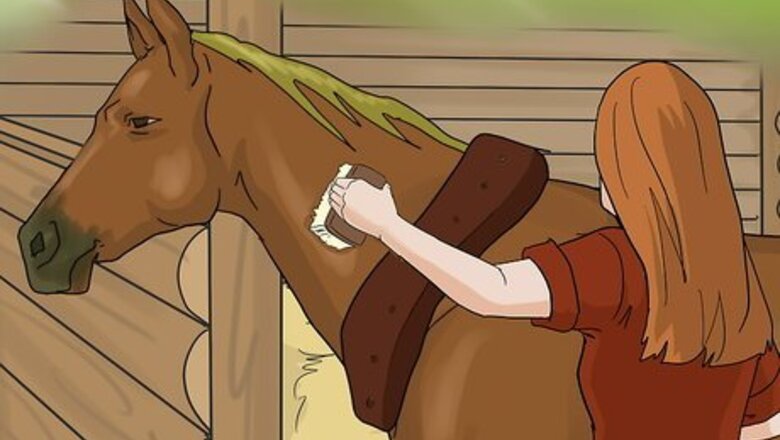
views
Steps
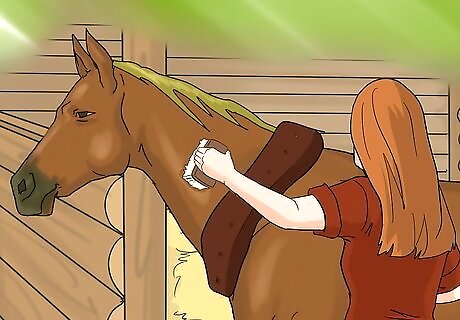
Tie your horse in a safe suitable environment. If needed, have an assistant hold the horse.
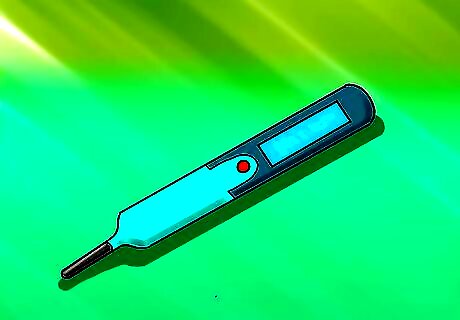
Know the normal vital signs: The average normal temperature is 37-38ºC but this varies from horse to horse. For a mare, the average is 100ºF (37.8ºC) and for a stallion, the average is 99.7ºF (37.6ºC). The normal pulse rate is 36 to 42 beats per minute. The resting heart rate is 28 to 40 beats per minute. The normal respiration rate is between 8-12 breaths per minute. At rest, it is between 8 to 14 breaths per minute. The average capillary refill time is two seconds.
Taking the horse's temperature
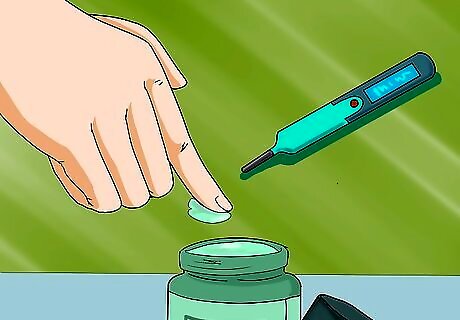
Use a thermometer. Lubricate the tip with petroleum jelly.
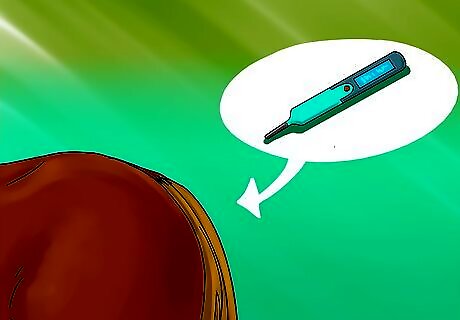
Move the horse's tail to the side, so that it is out the way. Insert the thermometer into the horse's rectum, angled slightly towards the ground.
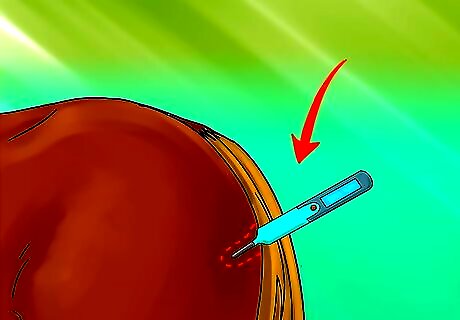
Leave the thermometer in position for at least three minutes or until it beeps. Take a reading after this time is done. Always clean the thermometer before storing it.
Taking the pulse
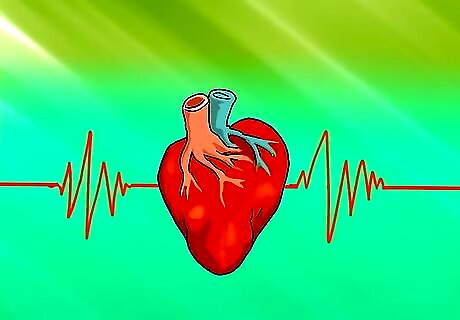
Be aware that the pulse rate will increase if horse is excited, nervous, in pain, has a disease or during/after exercise. If the pulse is weak, strong or absent, this can be a sign of heart disease or a specific defect. The horse must be promptly seen by the veterinarian.
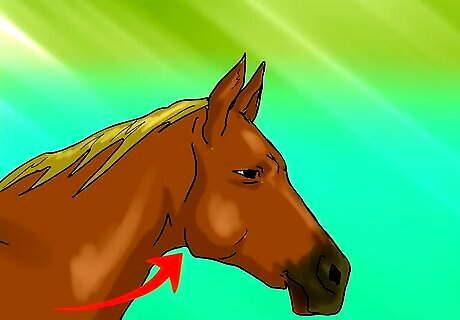
Find the pulse. The pulse can be found near front of left jawbone; under the jawbone, there is a major artery that sticks out slightly.
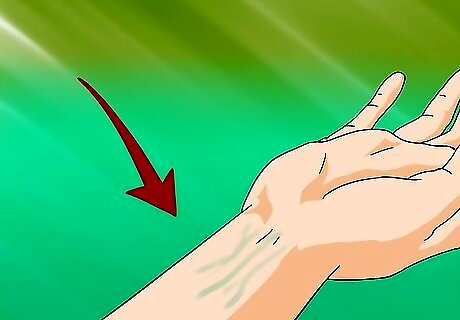
Use your forefinger (never your thumb as you may feel your own pulse). Press against the artery firmly.
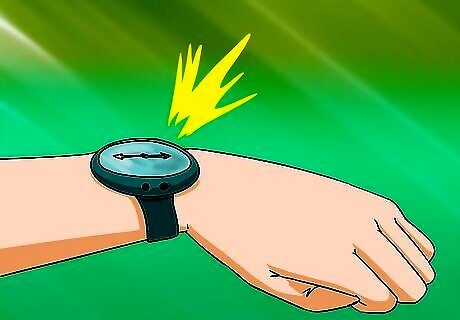
Use a clock or counter to time a 15 second period. Multiply the number of beats you counted by four. Alternatively you can place your hand or a stethoscope behind the horse's left elbow to take his pulse. Be sure to count each lub-dub as one beat.
Taking the respiration
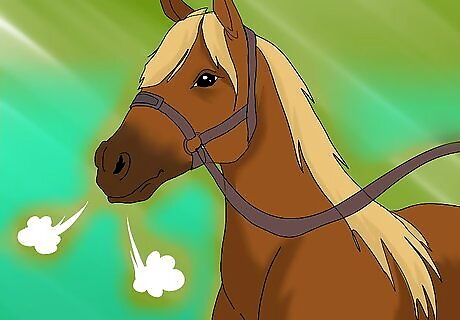
Watch or feel the horse's ribcage/belly for one minute. Be sure to count one inhale and one exhale as one breath (not as two). If you are having difficulty seeing the ribcage move, try watching the horse's nostrils or place your hand in front of the nostrils to feel the horse exhale.

Use a stethoscope, if possible. An even better method is to place a stethoscope to the horse's windpipe to listen to its breathing. This will also give you strange sounds if the horse's windpipe is blocked by mucous or if the horse has allergies or heaves.
Capillary Refill Time (CRT)

Lift horse's upper lip. Firmly press your thumb against the gum for two seconds to create a white mark.

Check for fast color return. The mark should return to normal salmon pink color within two seconds of releasing the pressure. If the CRT takes longer than 2 seconds, the horse may have shock.

















Comments
0 comment